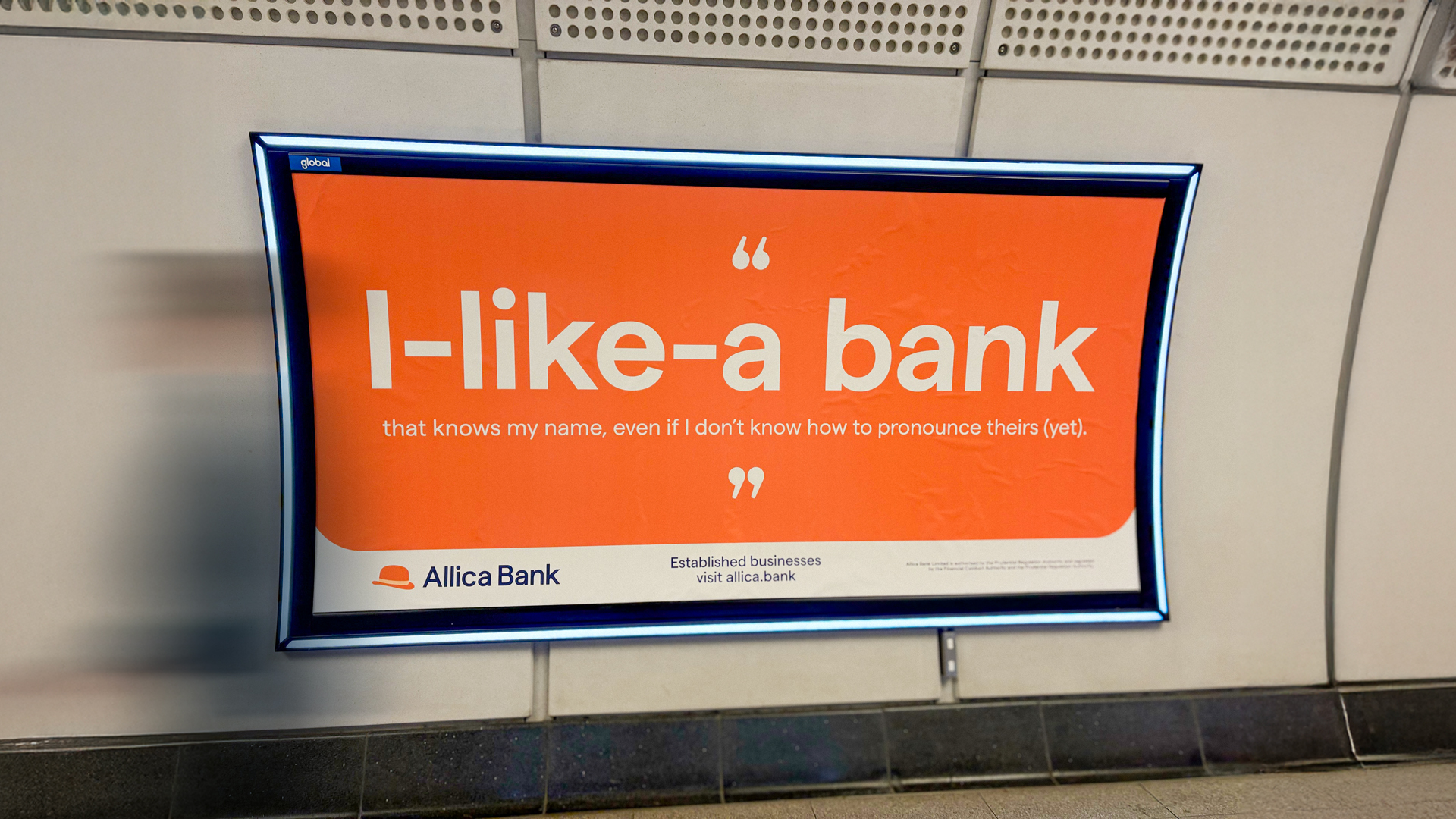Manual data entry is time-consuming, error-prone and frustrating. Especially when your business is juggling multiple accounts, users and systems. That’s where account integration steps in.
Modern business bank accounts now sync directly with platforms like Sage, Xero or QuickBooks, allowing transaction data to flow straight into your software. This streamlines financial processes and gives decision makers real time financial data they can act on.
Contents
Contents
Contents
What is accounting integration in business banking?
Accounting integration means your business bank account can securely connect with software like Sage, Xero or QuickBooks.
Once connected, your transaction data flows straight from your bank into your accounting system, without you having to enter anything manually.
That means your records are automatically updated, usually every day, giving your finance team real time insights into business performance. It also helps reduce human error and improves operational efficiency across internal systems.
Key benefits of syncing your business account with software
Linking your business bank account to accounting software takes much of the manual work off your plate. Transactions sync automatically, so you spend less time entering data and more time managing your operations.
This improves accuracy, especially when you’re handling purchase orders, tax returns or bookkeeping. When your system is pulling clean data, you can automate routine tasks and focus on cash flow, planning and profitability.
Integration also supports:
- More accurate financial reporting
- Easier forecasting and tax preparation
- Greater control across in-house teams and external accountants
If your business uses multiple systems, software integration helps unify your data flow and reduces time-consuming admin.
How to sync a business bank account with Sage, Xero or QuickBooks
To connect your business bank account with Sage or Xero, you’ll need to log in through online banking. App-based connections are typically not supported.
Once logged in, head to account settings and choose integrations to get started. Only users with appropriate roles often called Super Users can authorise the sync.
Once connected, your Xero account or Sage platform will pull in around 90 days of historical transactions to get started. Updates continue automatically from that point, providing real time financial data without manual input.
Features to check before connecting your account
Before connecting your account, confirm which systems are supported. Most business banking platforms integrate with Xero and Sage, and many are developing support for tools like QuickBooks Online, Oracle NetSuite and Sage Intacct.
Other features worth checking include:
- Whether you can sync multiple accounts
- If current accounts and savings pots are included
- What level of access users need to manage integration settings
Ensure the integration uses secure, Open Banking-compliant technology to protect your customer information and business data.
What to know about discounts and offers on software
Some business accounts offer discounts on software when you sign up for integrations. These offers often apply to new users choosing Xero, Sage or other systems and can help reduce cost in the early months.
Keep in mind:
- Discounts are usually time-limited
- Once they expire, the full subscription cost applies
- Most deals are managed by the software provider, not the bank
To avoid billing issues, check the date when your offer ends and speak directly to your provider if something looks off.
What happens if your software isn’t supported yet?
If your accounting software isn’t supported yet, you still have options. Many providers offer CSV export features that let you upload transactions manually. It’s not fully automated, but it helps maintain accurate journal entries and internal records.
Most business banks are also working toward expanded Open Banking Account Information Services (AIS), which will enable support for other systems in future.
If you use platforms like Microsoft Dynamics, Oracle NetSuite or Sage Intacct, it’s worth checking with your provider regularly to see when integration becomes available.
FAQs worth considering
Can multiple accounts be synced at once?
Yes. Many integrations support syncing more than one business account, including savings pots and operational accounts.
Are there fees for connecting to accounting software?
Most business banks do not charge to enable integration features, but you should check the fine print to be sure.
Can integrations be done on mobile apps?
In most cases, integrations must be managed through desktop online banking. Mobile app functionality is usually limited.
Who can manage integration settings in the account?
Only authorised users often labelled Super Users can set up or modify sync data permissions. Make sure roles are assigned correctly in your user settings.
How to contact support if a sync fails or needs resetting?
If the sync isn’t working, contact your bank’s support team. If the issue is with the accounting platform, reach out directly to Xero, Sage, QuickBooks or your software provider.
Final Thoughts
For businesses managing their own books or working closely with accountants, syncing your business bank account with your accounting software gives you more control, better data and less admin.
It improves financial management, reduces human error, and saves time across everyday routines from invoices to tax returns to real time reporting.
With streamlined data flow, your finance team gets accurate transaction data exactly when they need it. That frees you to automate routine tasks and focus on what matters most, running your business.
Make your business savings go further
With the Allica Business Rewards Account, you get access to instant-access Savings pots that pay competitive AER interest,alongside FSCS protection up to £85,000 on eligible deposits
Enjoy 1.5% cashback* on card spend, smart tools such as Sage, Xero or QuickBooks to track your balance in real time, and a dedicated relationship manager to help you get the most from your account.
Whether you're setting money aside or building a reserve for future plans, it’s a flexible way to earn interest without tying up your funds.
Start saving with Allica today
* Cashback is variable based on eligibility and spend. See a full list of limits and fees here.
Links were live and information was correct at the time of writing the article.
Disclaimer: This is information – not financial advice or recommendation
The content and materials featured in this article are for your information and education only, and are not intended to take into consideration any particular recipients’ financial situation. The product details and interest rates referred to are correct at the time of writing.
The information does not constitute financial advice or recommendation and should not be considered as such. Allica Bank will not accept any liability for any loss, including without limitation to, any loss of profit, which may arise directly or indirectly from use of or reliance on such information.





